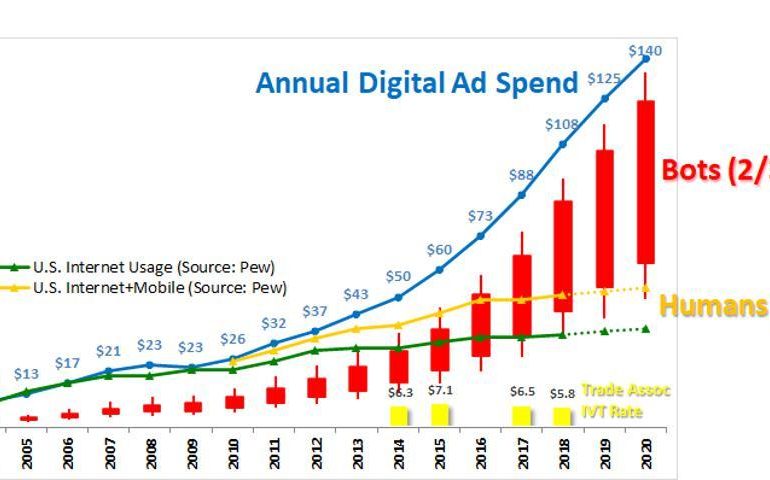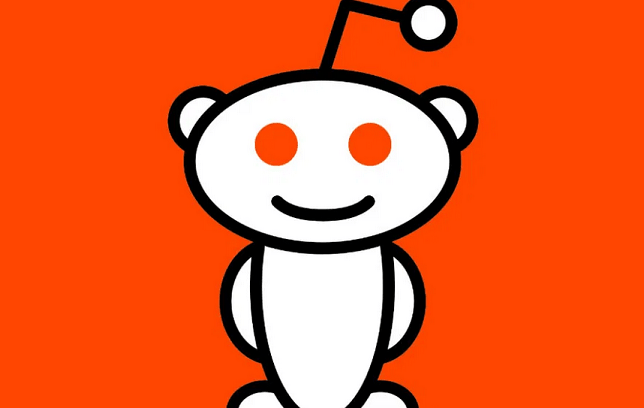By Phil Rowley
We are heading for a demographic disruption that will redefine and reshape our relationship with consumers.
Imagine a demographic chart with age along the vertical axis and gender left and right of the horizontal. Traditionally, the distribution would take the form of a pyramid, with more young people at the bottom, and tapering toward the apex, as fewer people from older generations survive.
However, in the West, our demographic chart is coming to resemble not an Egyptian pyramid, but The Shard in London: fatter for longer and not tapering off until the very top.
In short, we are a society with more older people than ever before, a world where there will soon be more grandparents than grandchildren. And it’s going to intensify. By 2043, the U.K.’s Office of National Statistics projected an average life expectancy of 90.4 years for men and 92.6 years for women, leading commentators to express concerns that current healthcare systems are unsustainable over the long term.
Technology will fill the ‘care gap’
Not only will older people live longer, but there is also a prediction of a global lack of healthcare workers to look after them, with a shortfall of 9.9 million doctors, nurses and midwives expected by 2030. In some countries governments are already reviewing their immigration policies, knowing that carers will need to be secured from a shrinking global pool. Japan, meanwhile, has begun experimenting with robot carers.
This profound shift will require us to get to grips with understanding greater nuance and speciation among older demographics.
Phil Rowley, head of futures, Omnicom Media Group U.K.
Extending that thought, it is possible that tech giants will increasingly look to fill some of that care gap.
Google, Amazon and Apple are starting to view health as “IT for the body,” with investment in the digitization of health expected to reach $379 billion by 2024. Notably, Jeff Bezos has invested in a new “rejuvenation” startup called Altos Labs. Elsewhere, Google has bought Fitbit, and its Deep Mind algorithm is busy using AI to solve challenges with proteins for medication.
Together with the growth in wearables—projected to be worth nearly $120 billion by 2028—we are seeing growing democratization of knowledge of one’s own body, with tech enabling consumers to take a more active and regular role in their own healthcare.
The next stage, however, will be to optimize our organs, turbo-boost our cognitive functions and fine-tune our genetics. We will upgrade our bodies when they begin to wear out. Rebel gerontologist Aubrey de Grey predicts that in the next two decades humans will reach what he coined Longevity Escape Velocity in 2004, meaning the longer we live, the more likely we are to be alive to use ground breaking technologies to extend our lifespans even further.
Whether that happens remains to be seen, but we won’t have to wait long to see how this will impact marketing. There are already hints at how the industry will need a new frame of reference.
Marketing will focus less on young people
You can likely cite many marketing campaigns targeting older audiences, but it is often the younger, more aspirational segments that set the creative direction of messaging strategies. And while using Gen Z as a targeting proxy seems like a blunt instrument for generalizing a younger demo, this pales in comparison to the broad strokes given to older demos.
Look at the checkboxes on any mechanism seeking to segment by age. How often have you seen this: 16-24, 25-34, 35-44, 45-54, and then 55+. It’s as if anyone over 55 is, for all intents and purposes, identical in their needs and aspirations, and are all charting an inexorable course toward irrelevance and senescence.
This won’t cut it in the future. We’ll have to get to grips with the idea that adults will work longer and retire later, but go on living with more energy and more cash, and want the best life has to offer into their 70s, 80s and 90s.
Not only that but given brands have always yearned to be part of culture, consider for a moment the social, political and cultural impact of a generation that lingers. In the U.K., statistically, Brexit was delivered by older cohorts. Also, the rise of “anti-woke culture” is arguably enabled by a more vocal, active and swelling generation of “life veterans” pushing back on trends that don’t fit with their more traditional values. How are brands trading on progressive causes like LGBTQ rights or Black Lives Matter meant to connect with a growing, more influential, conservative cohort?
Is this a new phenomenon? No. Will it become more pronounced as the older generation continues to outnumber the younger generation? Yes.
A strategic shift
Crucially, then, this has important implications for how we pitch goods and services.
This profound shift will require us to get to grips with understanding greater nuance and specialization among older demographics. My previous generalization of the older generation as conservative and intolerant is a good place to start, and we would do well to subdivide this expanding and extended demo into more useful refined cohorts; finessing the messaging we employ, the channels we use, the need states we should be tapping into.
This demographic shift and its implications for marketing is likely to be one of the most profound disruptions in centuries.
Within marketing, rather than agencies clamoring to employ people young enough to understand what emerging cultural trends brands should exploit in their campaigns, they may instead need to lean on more experienced veterans and professionals to comprehend the needs of older demos.
Media strategies may come to be led not by the desire to cram more modern technologies into plans, but to work out ways of using existing and well-loved channels with greater efficiency, and to include older cohorts in campaigns rather than intimidate or exclude them. And all without condescension.
Brands, too, may need to work to ensure their products and services are appealing to older generations. Will consumers want a constant procession of new versions and upgrades? Can products be accessed by those impatient with the new intricacies and complexities that modernity inevitably brings?
This demographic shift and its implications for marketing is likely to be one of the most profound disruptions in centuries. With dramatically falling global fertility rates, and a fortified older generation, we’re headed for a planet populated by old people who will remain healthier for longer by using technology to maintain their own bodies.
Thus, the days of marketing sneakers to young people and stairlifts to old people may be coming to an end. Whereas previously we may have intoned “Get with the program, Granddad,” we will be required to get with granddad’s program.
Feature Image Credit: Nick Dolding/Getty Images























